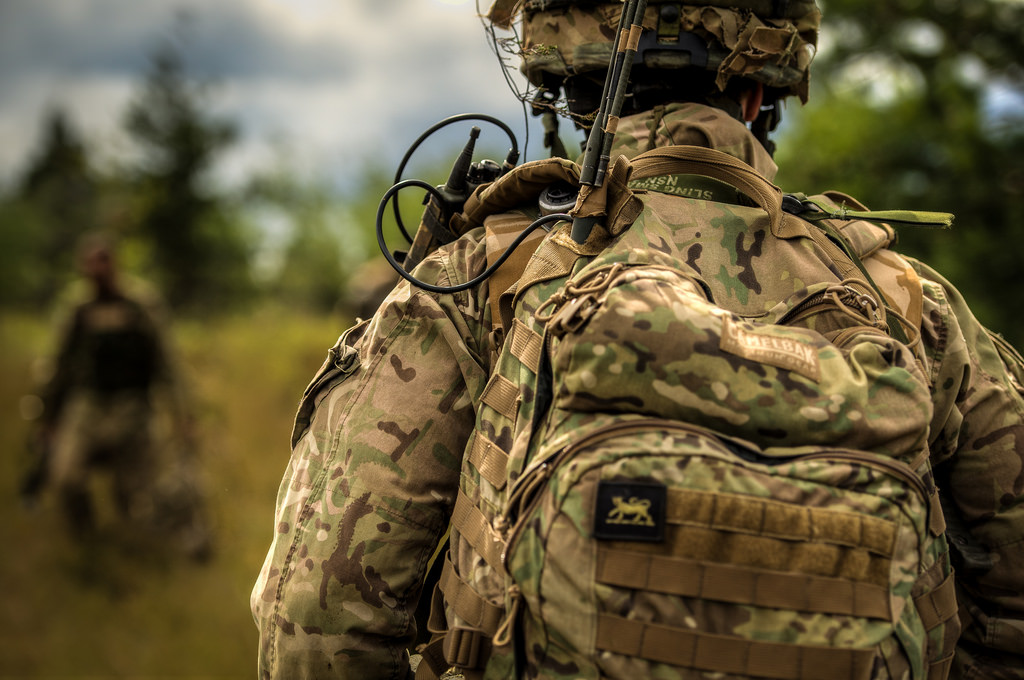
The U.S. Army is interested in using risk modelling to identify new recruits at high risk of negative outcomes such as suicidality, interpersonal violence and mental disorders. Health care policy researchers previously developed models using administrative data collected by the U.S. Army on each soldier to identify risk factors for physical and sexual violence perpetrated by men and sexual violence victimization of women.
Now, in a new study published in BMC Psychiatry, health care policy post-doctoral fellow Sam Bernecker, PhD, professor Alan Zaslavsky, PhD, McNeil Family Professor of Health Care Policy Ronald Kessler, PhD, and others analyzed data from the self-reported New Soldier Survey distributed by the Army Study to Assess Risk and Resilience in Servicemembers (Army STARRS).
This self-reported information increased prediction accuracy, over models based solely on administrative data, for all three outcomes (physical and sexual violence and sexual violence victimization).
“The use of administrative data in conjunction with self-report survey data collected from new soldiers makes it possible to pinpoint a relatively small proportion of soldiers who account for high proportions of several negative outcomes,” Kessler said in an article published in PsyPost. This finding suggests that further research should assess the effectiveness and feasibility of early intervention programs for these high-risk new soldiers.